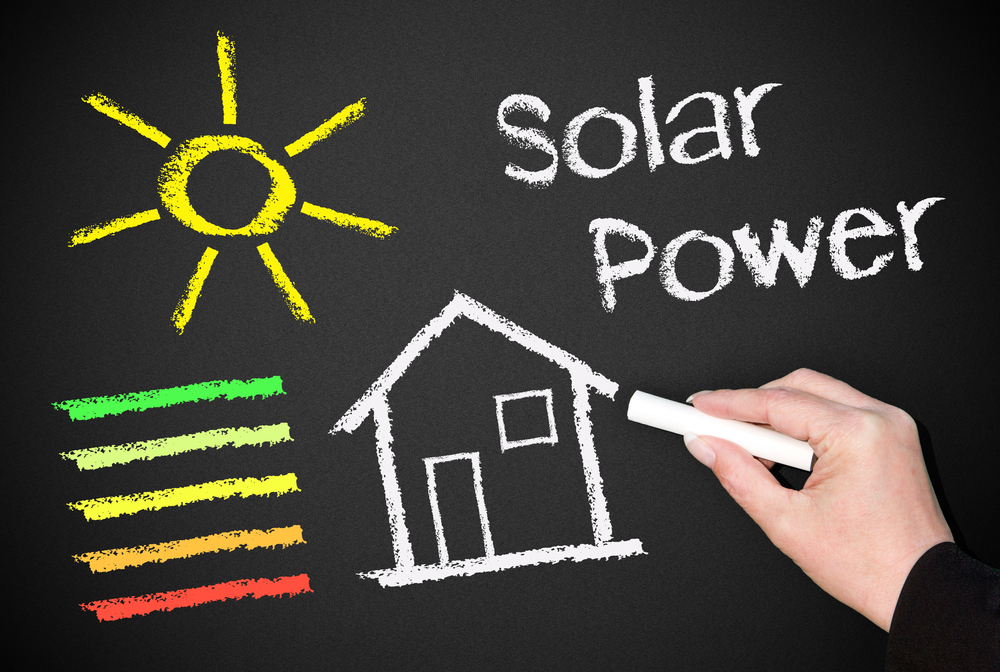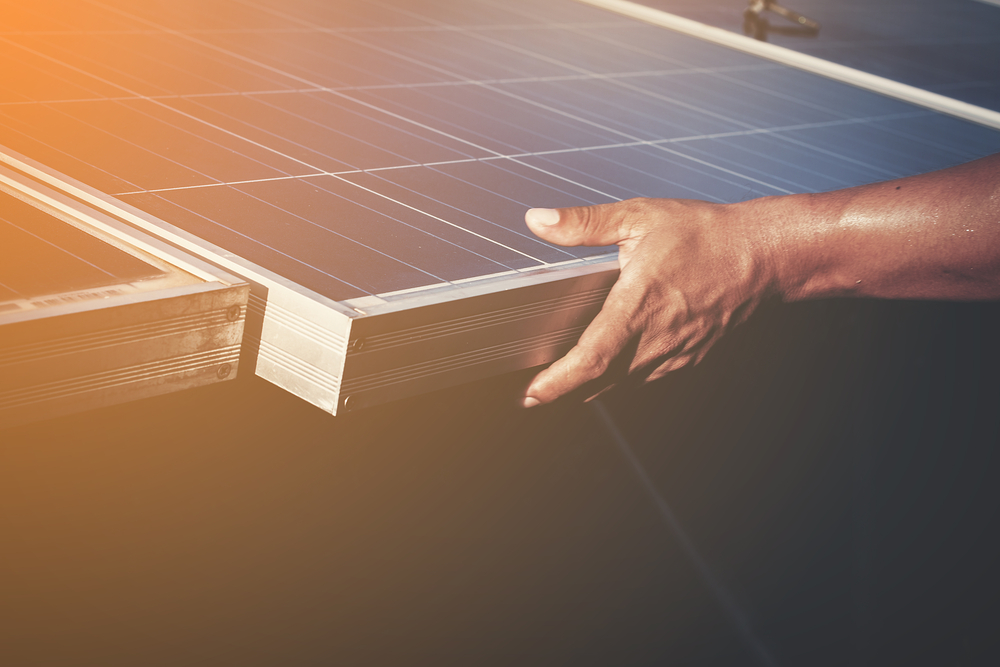
While fossil fuel markets will continue to downsize, solar energy will continue to thrive. Solar power is booming in popularity. In the United States, we’ve maintained an annual growth rate of more than 40% for years, and that rate is climbing fast. Last year, growth dramatically beat the already-generous predictions.
Why is solar the coolest kid on the block? Because it’s quickly becoming the least expensive source of power.
How much are you paying for power? In 2016, San Francisco households paid an average of 19 cents per kilowatt hour, far above the national 12 cent average. Solar energy is already well-below that price point, and is predicted to be six cents per kilowatt hour within four years.
Meanwhile, the cost of solar have plummeted. Prices have dropped roughly 60% over the last ten years, and that trend is expected to continue. While some of that drop is the continuous improvement we get in manufacturing and module efficiency, most of it stems from “soft costs” from administration, permits, and financing. These are all costs that will continue to fall as more communities transition to solar.
While solar power in the United States only currently provides a measly 3% of our electricity, it’s estimated that solar alone will provide 43% of our power production by 2040.3 Reasons Solar Energy Costs Will Continue to Fall
 1. Economy of Scale Solar isn’t truly a limited resource, like coal or oil. The more research we put into solar, the more people that join the team, and the more society as a whole invests into solar, the lower the costs will be. Just like any other technology, at first it was expensive, but as things were figured out and processes became streamlined, costs went down considerably. Installation costs alone have decreased 50% in seven years.
1. Economy of Scale Solar isn’t truly a limited resource, like coal or oil. The more research we put into solar, the more people that join the team, and the more society as a whole invests into solar, the lower the costs will be. Just like any other technology, at first it was expensive, but as things were figured out and processes became streamlined, costs went down considerably. Installation costs alone have decreased 50% in seven years. As widespread manufacturing kicks in, the price per unit goes down. With more people constantly jumping on the bandwagon, there are better and cheaper ways of financing the transition.
2. Improvements in Technology Though solar panels have become more efficient, there is still room for significant improvement. But, as they improve, the associated costs of racks, equipment, and installation will only continue to decrease. Less space is needed with more efficient modules. Additionally, improvements in energy storage (batteries) are significantly lowering the cost of switching to solar. 3. Social Investment in Solar Many people are able to see that solar is a good investment, but the transition itself can deter them. Many communities offer incentives to switch to renewable energy. See what perks our community has for you here. Did you know that you can get a Solar Investment Tax Credit for your installation? You can receive a federal tax credit of 30% of the cost of your system when you switch to solar. It’s estimated that this tax credit will increase solar installations by more than 50% through 2020. Government investment will help the transition be even more cost effective by increasing the economy of scale.Solar Power Makes Sense

Despite investments in coal or gas, and the currently low price of oil, solar energy production is projected to grow tremendously. Within a few short years, the average cost of using solar will fall below burning coal or gas for fuel. Solar is set to be the cheapest source of electricity within just a few years.
But there is no reason to wait. You could be saving money right now.Are you curious to see just how much money you can save by switching to solar energy? Our solar experts can provide a free, in-home estimate.
%Mr. Roofing San Francisco’s residential & commercial roofing experts
Tags
Subscribe to Mr. Roofing's Blog







Comments